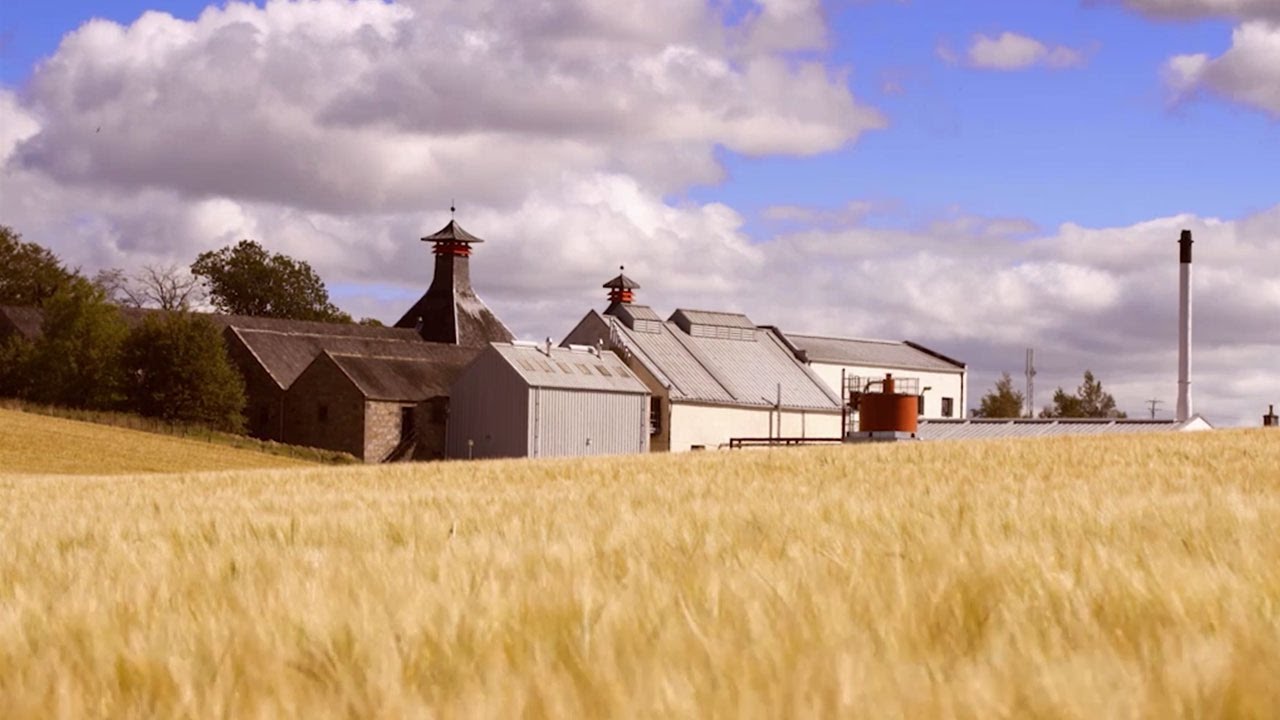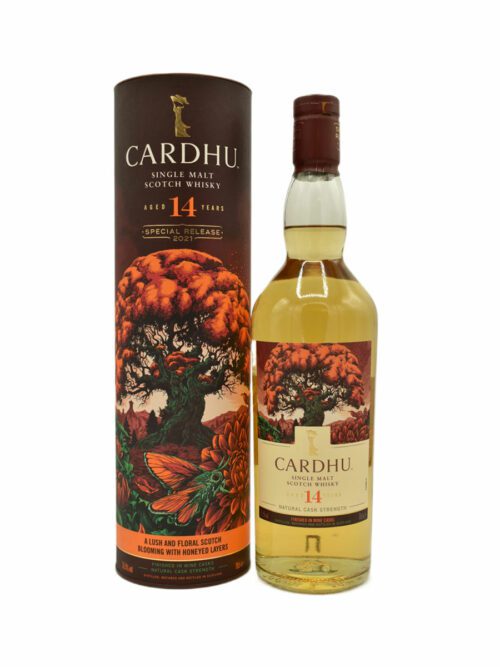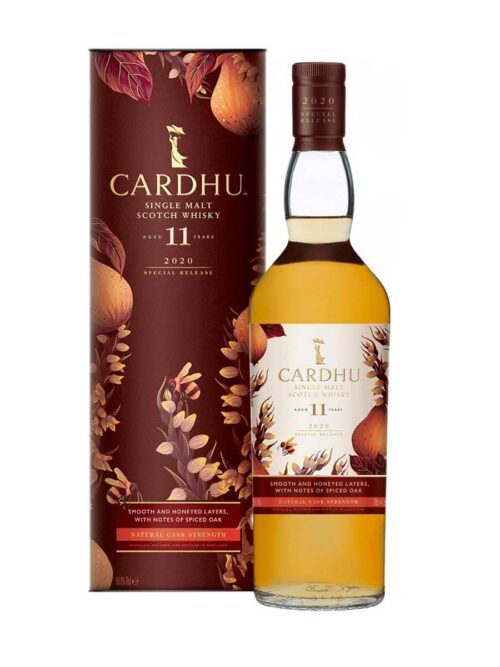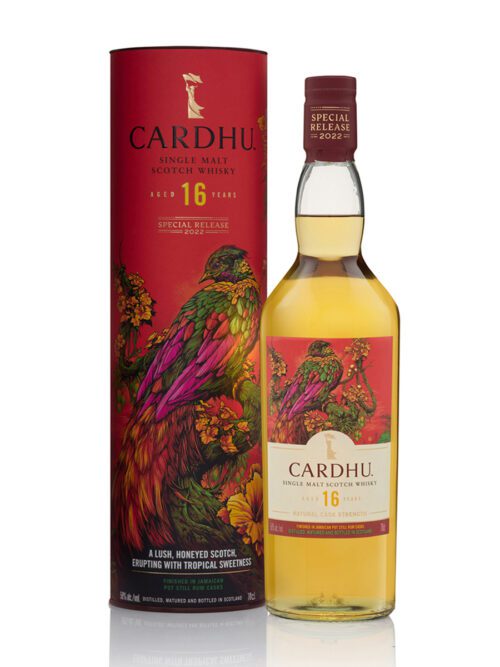History of Cardhu Distillery
The whisky business has often been a male dominated trade. Many distilleries are proud to have a tradition of fathers and sons in the craft. But from its earliest days the history and legacy of Cardhu has been shaped by the women in the family.
John Cummings officially got a licence for a distillery at Knockando in the hills overlooking the Spey River in 1824. But it was his wife Helen who was in charge of the illicit distillery they had been running for years before this at Cardow farm in Speyside.
When John Cummings died in 1846 ownership and control of Cardhu was passed to Helen and their son Lewis. Helen, and her daughter in law Elizabeth, would be the ones to secure the future of the distillery. When Lewis passed away in 1972 Elizabeth took over sole management. By 1884 the original distillery could no longer meet the demand for Cardhu whisky. So, Elizabeth had a brand new one built nearby to keep the same water supply.
During her time in charge of Cardhu Elizabeth became known as the “Queen of the Whisky Trade”. One of her last acts was to sell the distillery to John Walker & Sons in 1893. However, as part of the deal her family would remain in charge of Cardhu thereafter. She also bought stock in the Walker company to secure their place in it.
In 1899 the number of stills as Cardhu was doubled from two to four. Another round of renovations took place in 1960 under the ownership of Distillers Company Limited. The number of stills increased again to six at this point. Along with these, the distillery has a 7.5 ton wash tun and ten washbacks. It has a production capacity of 3.4 million litres a year and is the third best selling Diageo single malt. However much of the spirit is still meant for blends.
Cardhu whiskies are known to combine a sweetness common to the Speyside regions with a slight peatiness. During the early 2000s Cardhu almost became a victim of its own success. Diageo planned to move away from single malt whiskies towards a “vatted malt” made by mixing single malts from multiple distilleries to meet demand. But messing with the expectations of purists can be a painful experience as was then learned. In 2004 the Cardhu Pure Malt experiment was abandoned after a popular outcry.
The first whisky in the current core range to launch was the 12 year old single malt in 2005. That was joined by the 15 and 18 year old in 2011. The main line was rounded out with the addition of the Amber Rock and Gold Reserve, both released in 2014 without age statements. The Amber rock starts with the expected fruity aromas but has a creamy feel in the mouth with a finish that is both spicy and sweet. A 14 year old Special Release came out in 2019 with a two year finish in Amontillado Sherry hogsheads.







